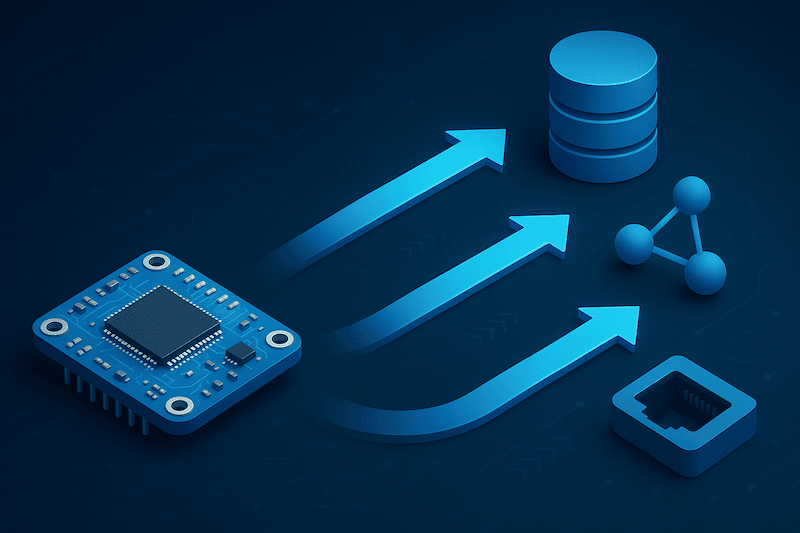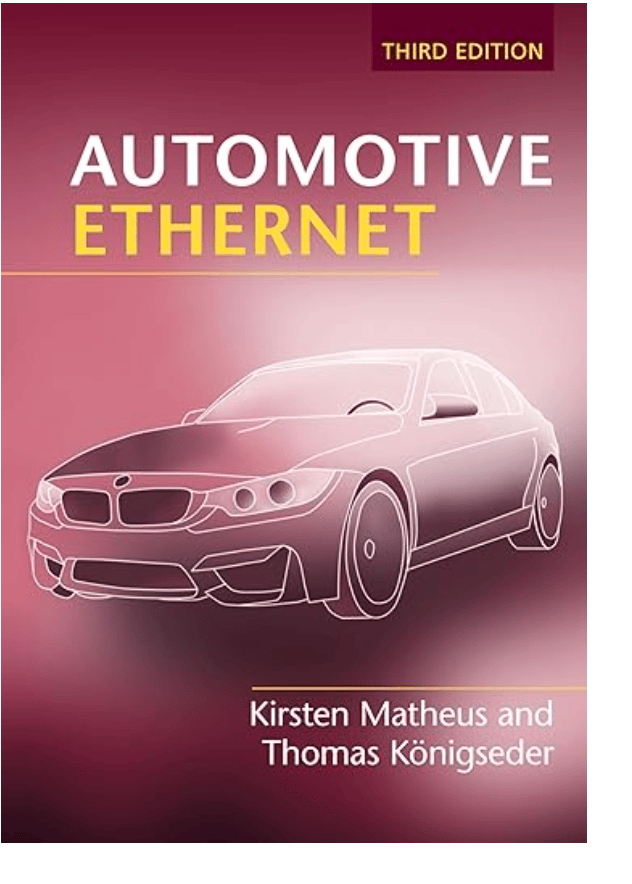Recent Posts
Migrating Legacy CAN Systems to Modern Architectures: Practical Steps & Pitfalls
Posted by on
 The Controller Area Network (CAN) protocol has been the backbone of reliable embedded communication for decades. From passenger cars to heavy-duty trucks, from industrial machinery to marine electronics, CAN has delivered deterministic, robust, and low-cost networking. But as data demands grow—driven by autonomous features, connected vehicles, and Industry 4.0—Classical CAN’s 1 Mbit/s bandwidth and 8-byte payloads are showing their limits.
The Controller Area Network (CAN) protocol has been the backbone of reliable embedded communication for decades. From passenger cars to heavy-duty trucks, from industrial machinery to marine electronics, CAN has delivered deterministic, robust, and low-cost networking. But as data demands grow—driven by autonomous features, connected vehicles, and Industry 4.0—Classical CAN’s 1 Mbit/s bandwidth and 8-byte payloads are showing their limits.
For many organizations, the question is not whether to upgrade, but how. Do you extend CAN with incremental improvements like CAN FD? Do you plan for CAN XL despite its early adoption stage? Or do you leap to Ethernet-based solutions for future-proof capacity? This article explores the practical steps, potential pitfalls, and migration strategies for moving beyond legacy CAN.
CAN and CAN FD Still Have Their Place
Despite the push toward higher-bandwidth technologies, both Classical CAN and CAN FD remain excellent choices for smaller-scale control systems, particularly in embedded solutions. Their simplicity, low cost, and robustness against electrical noise make them ideal for localized networks—such as motor controllers, sensor clusters, or subsystem communication in robotics and machinery. For many applications, especially where bandwidth requirements are modest, CAN’s determinism and reliability are hard to beat. However, as applications scale in size and complexity, or when performance demands rise due to richer sensor data and connectivity needs, an upgrade to higher-capacity technologies like CAN XL or Ethernet may become not only beneficial but necessary.
Why Upgrade?
-
Bandwidth Demands: High-resolution sensors, AI workloads, and telematics generate more data than CAN 2.0 can handle.
-
Payload Size: CAN’s 8-byte frame forces fragmentation of complex signals.
-
Scalability: Modern architectures require integration of dozens or hundreds of nodes, straining CAN’s efficiency.
-
Cloud Integration: Ethernet is often better suited for streaming to servers or cloud platforms.
Upgrade Paths
1. CAN FD (Flexible Data Rate)
-
Pros: Up to 64-byte payloads, faster data phase, backward compatibility with CAN 2.0.
-
Cons: Still limited compared to Ethernet; only a small step forward.
-
Best Fit: Incremental upgrades in automotive or industrial projects needing modest improvements without redesigning hardware.
2. CAN XL
-
Pros: Payloads up to 2048 bytes, data rates up to 10–20 Mbit/s, extended addressing.
-
Cons: Early adoption stage, limited hardware availability, interoperability concerns.
-
Best Fit: Long-term, zonal architectures where OEMs are planning to consolidate ECUs.
3. Automotive / Industrial Ethernet
-
Pros: 100 Mbit/s and beyond, mature ecosystems, native IP networking, cloud-ready.
-
Cons: Higher cost, more complex topology, stricter EMI/EMC considerations.
-
Best Fit: Bandwidth-intensive domains like ADAS, infotainment, robotics, and factory automation.
4. Maritime: OneNet vs. NMEA 2000
-
OneNet: Ethernet-based, designed as the high-speed complement to NMEA 2000.
-
NMEA 2000 (CAN-based): Still strong in marine for compatibility, reliability, and low-cost devices.
-
J1939: No true Ethernet successor yet; it remains CAN-based, especially in heavy-duty vehicles.
Case Studies
Automotive
A European OEM migrated certain subsystems from CAN 2.0 to CAN FD for backward compatibility while preparing a zonal architecture with Ethernet backbones. CAN FD handled diagnostics and basic control, while Ethernet carried high-bandwidth ADAS sensor data.
Industrial Automation
A factory automation provider used EtherNet/IP for supervisory control but kept CANopen for localized motor and actuator networks. Gateways enabled legacy CAN controllers to feed data into Ethernet SCADA systems.
Marine
Yacht manufacturers adopted NMEA 2000 for compatibility across equipment but used OneNet (Ethernet-based) to support HD video, radar, and IoT integration, with gateways synchronizing between both domains.
Migration Checklist
✅ Assess bandwidth needs: Is CAN FD enough, or do you need Ethernet for future scalability?
✅ Evaluate hardware availability: CAN XL may not be feasible yet for volume production.
✅ Plan for coexistence: Hybrid networks with gateways are often the most practical first step.
✅ Consider standards compliance: Automotive Ethernet (100BASE-T1) differs from industrial EtherNet/IP.
✅ Budget for enclosures/EMI: Ethernet requires stricter shielding and connectors compared to CAN.
✅ Test real-time performance: Ensure latency and determinism are preserved when migrating control loops.
✅ Future-proof: Design for modularity—allow legacy CAN to stay in place while Ethernet gradually expands.
Conclusion
Migrating from legacy CAN to modern architectures isn’t a one-size-fits-all journey. For some, CAN FD offers a quick win. For others, Ethernet is the only way forward. CAN XL promises much but requires patience for market readiness. In practice, hybrid architectures with gateways provide the safest and most cost-effective bridge—preserving existing investments while paving the way for the connected, data-rich systems of tomorrow.
References
-
Bosch: CAN FD & CAN XL Specifications
-
IEEE: Automotive Ethernet Standards (100BASE-T1, 1000BASE-T1)
-
NMEA: OneNet Standard Documentation
-
SAE International: J1939 Family Standards
-
Industry Articles on CAN XL Adoption and Zonal Architectures
Discover the latest advancements in Automotive Ethernet with this fully revised third edition—now featuring 20% new material and greater technical depth. Expanded coverage includes detailed explanations of emerging PHY technologies such as 10BASE-T1S (with multidrop capability) and multi-gigabit options like 2.5, 5, and 10GBASE-T1. The book also examines EMC interference models, introduces the new TSN standards for automotive applications, and explains security concepts, power-saving mechanisms, and functional safety in the context of Automotive Ethernet.
Practical insights extend to testing strategies and key lessons learned from real-world deployments. Industry pioneers share both technical and strategic decisions that shaped the success of Automotive Ethernet, offering perspectives on electromagnetic requirements, physical layer technologies, QoS, VLANs, IP integration, service discovery, network architecture, and validation.
This edition serves as an essential guide for engineers, technical managers, and researchers designing next-generation in-car electronics, as well as anyone interested in the strategic and technological pathways behind adopting Automotive Ethernet. More informatoin...
 Loading... Please wait...
Loading... Please wait...

